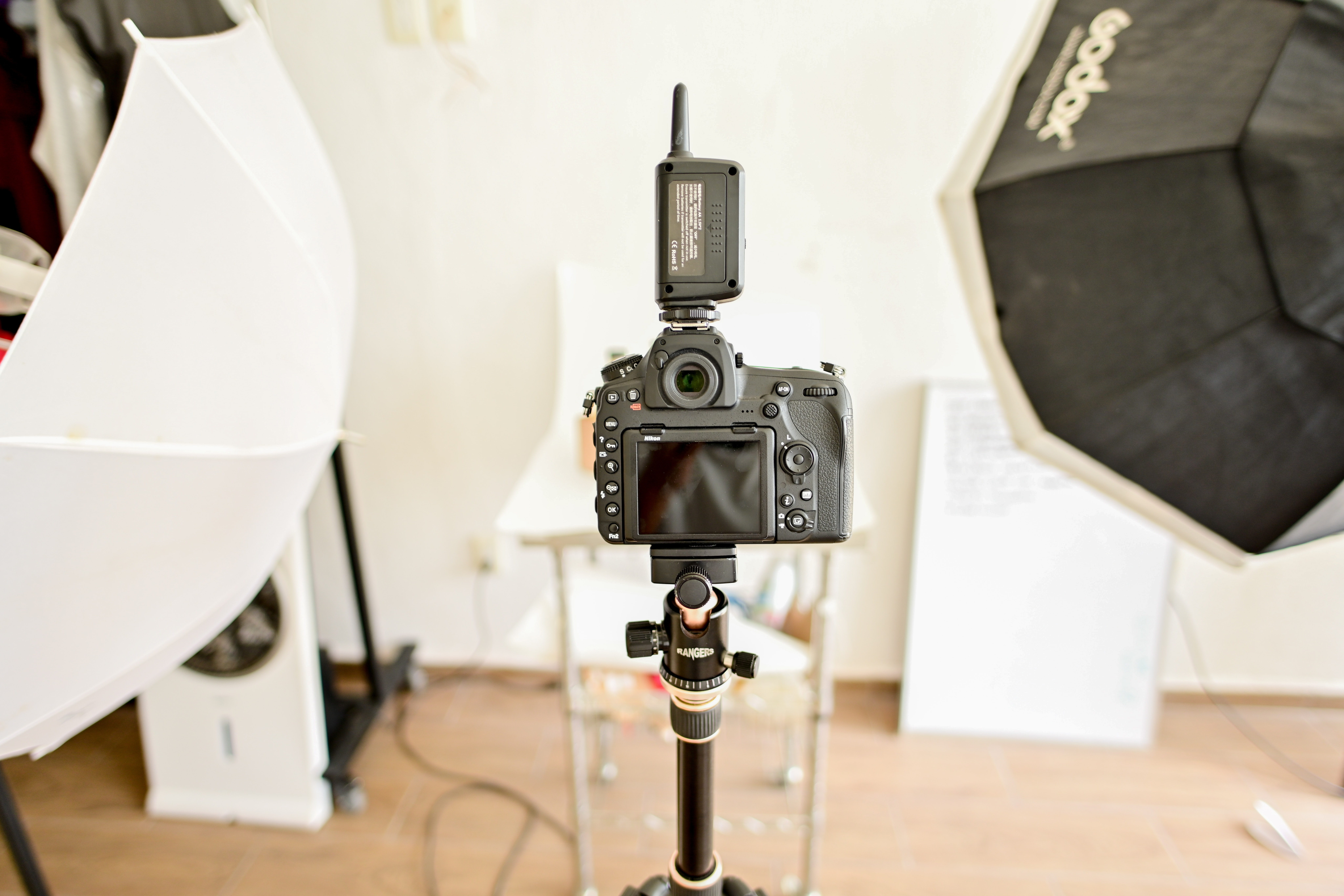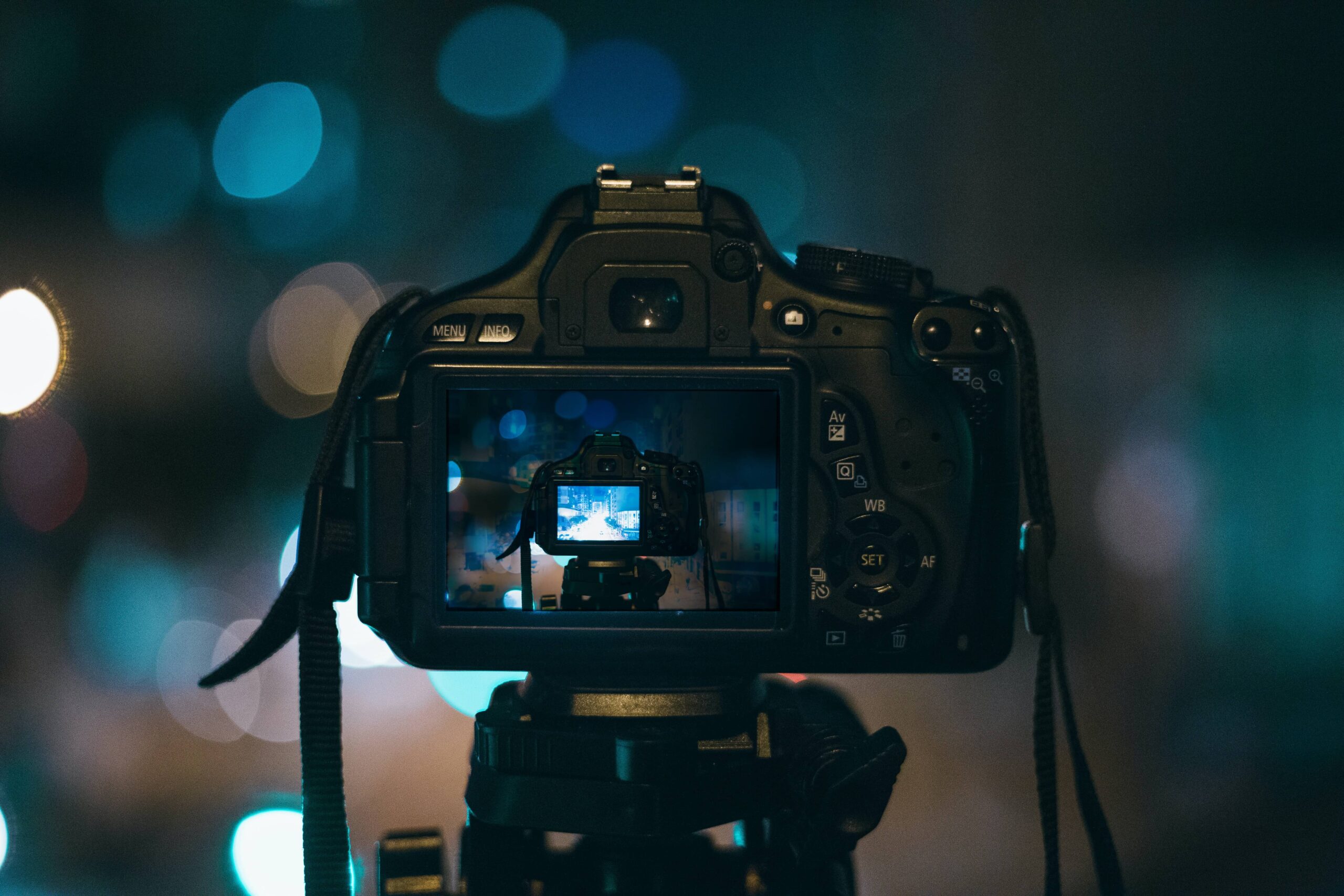Catching home-runs flying out of the fences, athletes leaping to make a basket, and referees blowing their whistles in a packed stadium — nothing quite captures the intensity and emotion of sports like pictures. Photos bring us right into the action and tell us what’s happening on the field, no matter if we can physically attend the game or not.
Wouldn’t you love to capture spectacles like these? Don’t worry, with a few tips, you can become a sports photographer!
Sports photography is a genre that requires quick reflexes, knowledge of the sport, and the ability to capture the action at the right moment. It can be a challenging but rewarding form of photography, as it allows the photographer to freeze a split-second of intense action and convey the energy and passion of the game.
Camera Equipment
For sports photography, having the correct tools is crucial. While a long lens with image stabilization can help to catch the action from a distance, a quick camera with a high shutter speed is necessary to freeze the action. Wide aperture and a low ISO can also aid in maintaining the image’s sharpness and minimizing noise. Additionally, being well-versed in the functions and settings of your camera can facilitate quick adjustments to shifting lighting circumstances and the capturing of action. Having extra batteries and memory cards is essential since you don’t want to miss a moment by running out of power or space.
Timing and Positioning
In sports photography, timing and positioning are crucial. The key to capturing the action’s peak is knowing when to press the shutter, which calls for a comprehension of the sport as well as the motions of the participants. Predicting the action, observing the patterns of the players, and placing yourself where you will have the best perspective of the action are all effective strategies. Additionally, it’s crucial to have a clear view of the entire field or arena so you may record a variety of situations rather than simply concentrating on one.
Capturing the Emotion
In addition to capturing the action, sports and action photography also aims to capture the feelings of the players, the audience, and the game’s environment. Professional photographers accomplish this by concentrating on the athletes’ expressions, capturing the supporters’ responses, and taking wide-angle pictures that highlight the magnificence of the arena or stadium. To capture these genuine moments of feeling, one must be in the right place at the right time.
Lighting
A key component of sports photography is lighting. Sports photography is difficult because of the quick activity, swift movement, and fluctuating lighting. To be able to freeze the motion and make it appear as realistic as possible, it is crucial to understand the quality, direction, and intensity of the light. Photographers should also be ready to take pictures in a variety of lighting situations, such as cloudy days, nighttime events, and stadium lights.
Editing
For the finest results, sports photography requires editing. Editing, most notably, can aid to sharpen the picture and remove any motion blur brought on by the quick action. To enhance the overall appearance of the image, you can also experiment with brightness, contrast, and color settings. Additionally, cropping and compositing can assist make a composition more dynamic and direct the viewer’s attention to the photo’s subject. Less is more when it comes to editing, as excessive editing might detract from the sport’s genuine heart and excitement.
Shooting with a Theme
While it’s crucial to capture the action, it’s equally important to concentrate on a theme or a story when filming or shooting. This can be achieved by concentrating on a specific player or team, shooting from a specific viewpoint, or concentrating on a specific aspect of the game, such as the athletes’ expressions or the spectators’ reactions. Professional sports photographers who aim to have a theme or a story, their photographs will be more remembered and impactful.
Conclusion
Finally, it should be noted that sports photography among other forms of photography is a skill that demands quick reflexes, familiarity with the sport, and the capacity to catch the event just in time. The photographer can capture a split-second of fast-paced action and capture the fervor and excitement of the game using this difficult but rewarding style of photography. By understanding and utilizing the concepts of equipment, time, and location, capturing emotion, lighting, editing, and shooting with a theme, photographers may create stunning images that portray the zeal and excitement of the game. The best way to improve your photographic abilities is to utilize your camera to tell a fascinating story.



